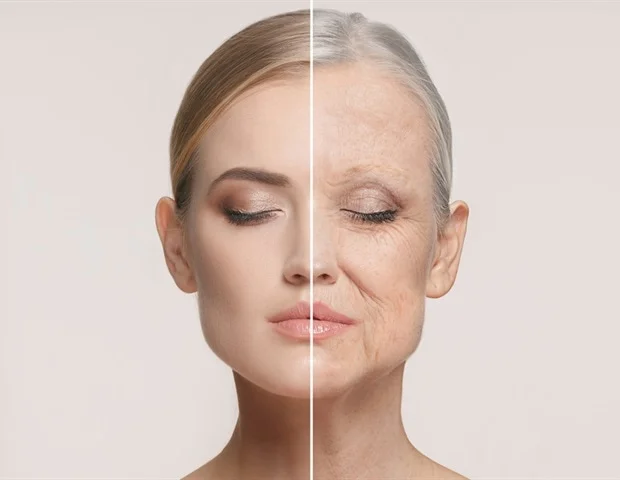
Brain protein associated with aging not linked to youth contact sports
How did your country report this? Share your view in the comments.
Diverging Reports Breakdown
Brain protein associated with aging not linked to youth contact sports
Northwestern Medicine study of 174 donated brains found no link to CTE. Study focused on a small memory-related brain region called CA2, part of the hippocampus. Researchers found no over-representation of CA2 p-tau in individuals with a history of youth football participation. Authors call for larger studies to better understand how p- tau relates to aging and head injuries.”Modern studies on CTE may be expanding the boundaries of what’s considered normal variability in the human brain,” Dr. Rudolph Castellani said. “This work reminds us to be cautious in interpreting pathology without clear clinical correlation””Knowledge gaps and implications for future research” underscores how even expert consensus groups struggle to define CTE in clinically meaningful terms.
But a new Northwestern Medicine study of 174 donated brains, including some from former high school and college football players, pumps the brakes on that theory.
The long and short of it is no, this protein in this specific brain region is not increased in people who played football at the amateur level. It throws a little bit of cold water on the current CTE narrative.” Dr. Rudolph Castellani, corresponding author, professor of pathology at Northwestern University Feinberg School of Medicine and a Northwestern Medicine neuropathologist
The study was recently published in the Journal of Alzheimer’s Disease. It raises important questions about how scientists interpret subtle brain changes associated with aging, Alzheimer’s disease and repetitive head impacts.
How the study worked
The study analyzed brain tissue from the Lieber Institute for Brain Development, which collects brain donations from people who had psychiatric conditions (e.g. schizophrenia, major depression, general anxiety, substance use disorder, etc.) throughout their life. Of the 174 samples collected from older adult men (with a median age of 65 at death), 48 men participated in football in high school or college while 126 had no history of playing a contact or collision sport.
The study did not include brains from professional athletes.
The scientists focused on a small memory-related brain region called CA2, part of the hippocampus. This region has been shown to accumulate phosphorylated tau (p-tau) protein – which is often present in neurodegenerative disease – in a variety of contexts, including normal aging, Alzheimer’s disease and in individuals with a history of repetitive head impacts.
But the findings suggest p-tau buildup in CA2 isn’t specific to contact sports. The scientists found no over-representation of CA2 p-tau in individuals with a history of youth football participation. Instead, the presence of p-tau in this region was statistically associated with age.
“What’s novel here is a return to the null hypothesis – that there may be no link between repeated head injuries and p-tau buildup in this location,” said Castellani, who also is the neuropathology core director of the Northwestern University Alzheimer’s Disease Research Center. “Rather than assuming p-tau in CA2 is inherently pathological, we’re asking whether it might be part of normal aging or a non-specific response to environmental factors.”
The study also highlights broader challenges in the field of neurodegeneration research. In particular, the authors point to the difficulty of assigning clinical meaning to subtle pathological findings. The paper’s section, “Knowledge gaps and implications for future research,” underscores how even expert consensus groups struggle to define CTE in clinically meaningful terms.
“Modern studies on CTE may be expanding the boundaries of what’s considered normal variability in the human brain,” Castellani said. “This work reminds us to be cautious in interpreting pathology without clear clinical correlation.”
The authors call for larger studies to better understand how p-tau relates to aging and head injuries, while urging the scientific community to critically evaluate assumptions about what constitutes neurodegenerative disease.
The study is titled “Postmortem tau in the CA2 region of the hippocampus in older adult men who participated in youth amateur American-style football.”
